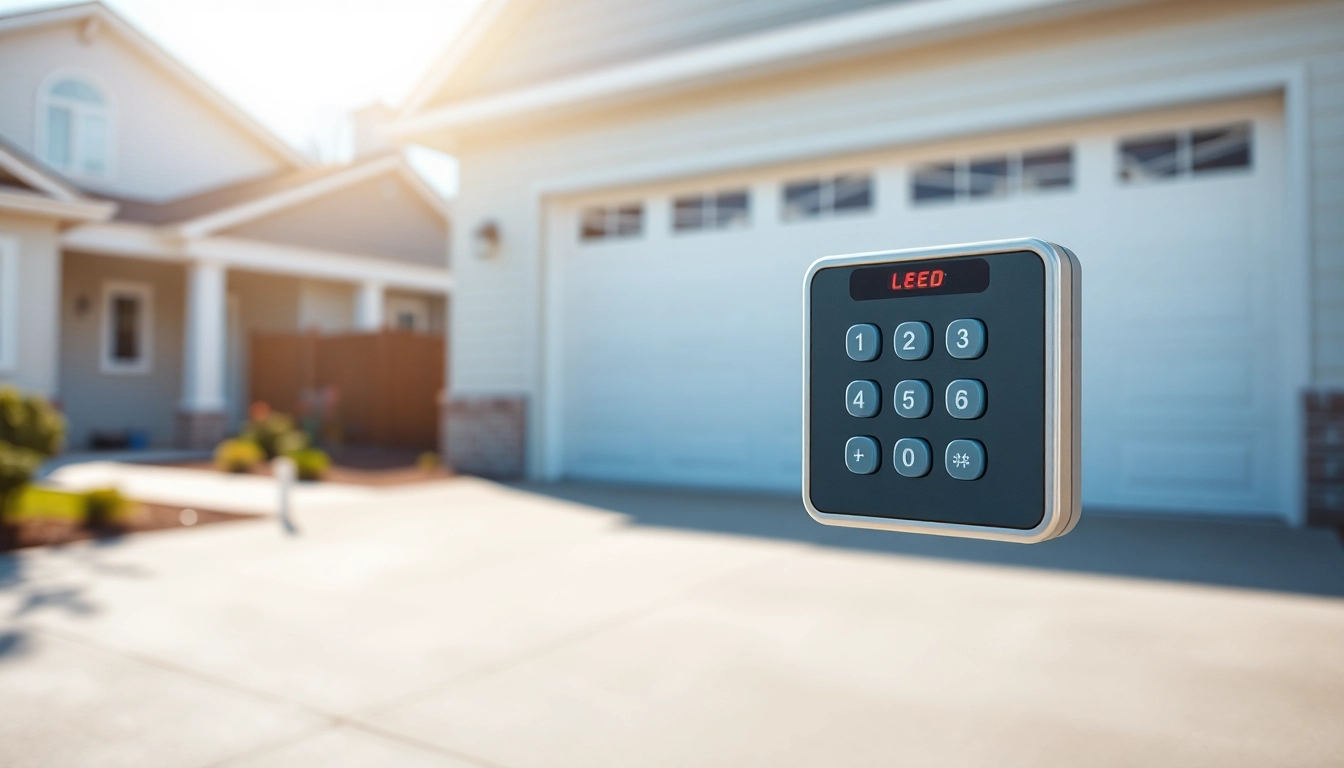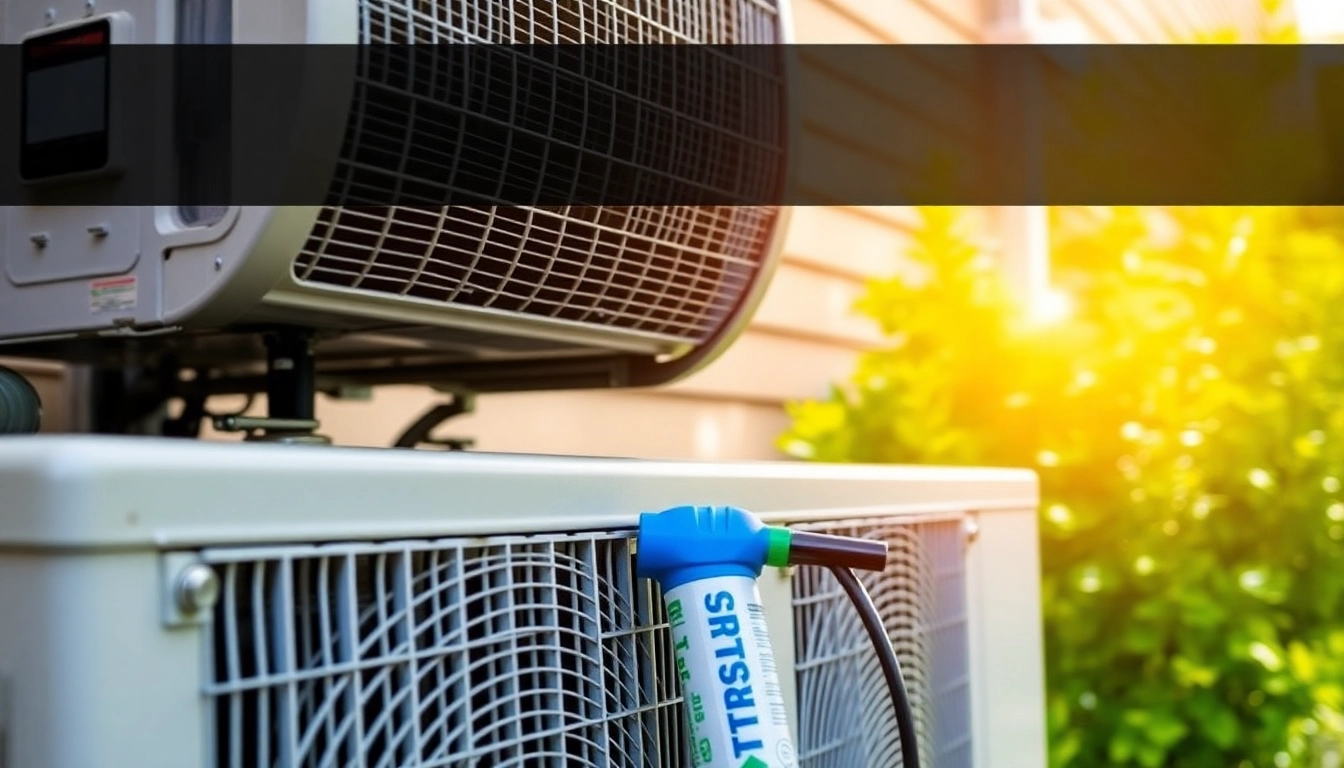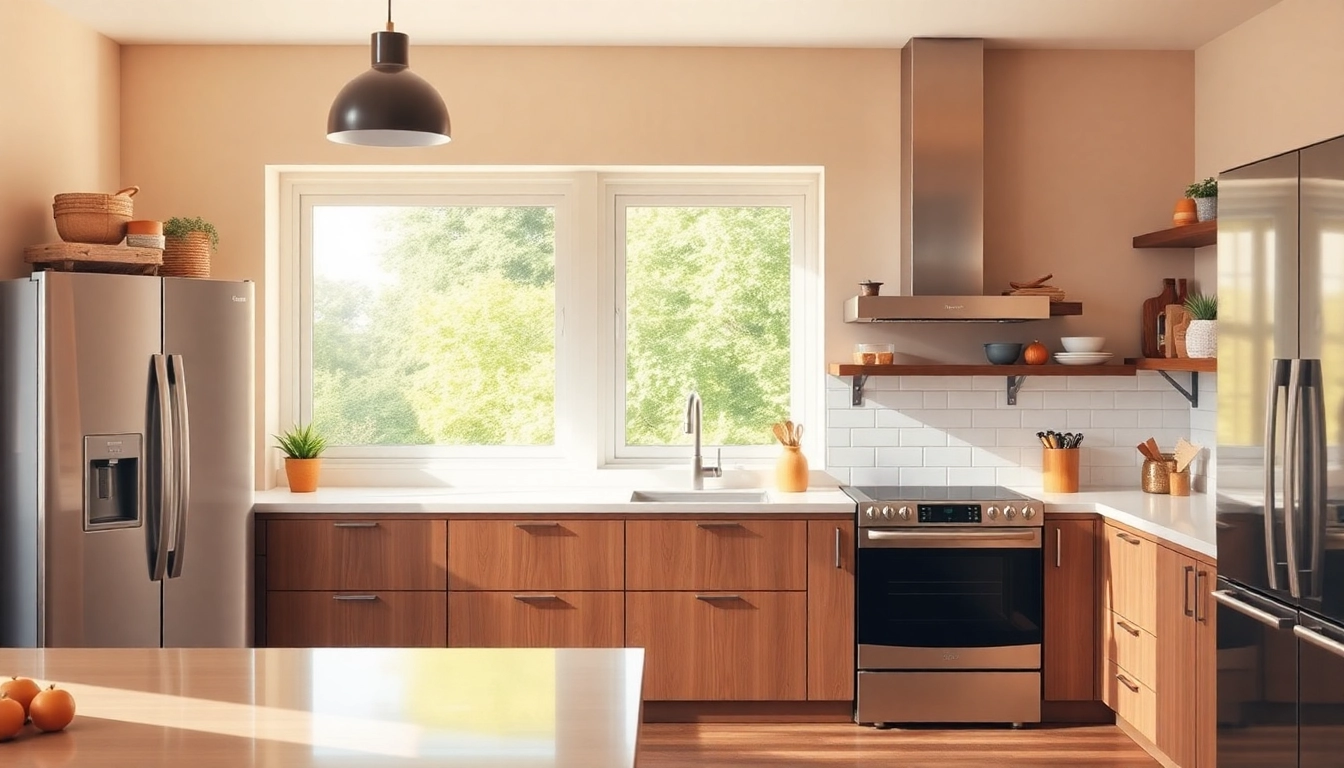Understanding Common Issues with Garage Door Keypads
Identifying Malfunctions and Errors
Garage door keypads are essential components for convenient and secure access to your garage. However, like any electronic device, they can experience malfunctions. Identifying these issues is crucial for timely troubleshooting. Some common symptoms of malfunction include unresponsive buttons, delayed responses, or intermittent functionality. In many cases, users may find that their keypad isn’t working at all, prompting frustration and necessitating troubleshooting.
To effectively identify errors, start by observing the keypad closely. Look for signs of physical damage, such as cracked plastic or worn-out buttons. Additionally, consider if the keypad is beeping or blinking, which can indicate low battery levels or other errors. In this situation, consulting the owner’s manual may provide insights into specific error codes or indicators associated with your keypad model.
Common Causes of Garage Door Keypad Failures
Several common causes contribute to garage door keypad failures. Understanding these can help you pinpoint why your garage door keypad not working. Firstly, low battery power is a frequent culprit, especially for wireless keypads. A simple battery replacement often resolves issues related to intermittent functionality.
Secondly, keypad placement is critical. Extreme weather conditions, such as heavy rain, snow, or direct sunlight, can affect the keypad’s performance. Keypads located in harsh environments may degrade faster or suffer from water damage. Additionally, electrical interference from nearby devices can disrupt communication between the keypad and the garage door opener.
Lastly, faulty wiring or loose connections within the door opener can contribute to the keypad’s malfunction. Inspecting the wiring may reveal frayed or damaged wires that hinder performance.
How Weather Conditions Affect Functionality
Weather has a profound impact on the performance of garage door keypads. Cold temperatures can slow down electronic circuits, causing delays in response time, while hot weather can cause the keypad’s casing to warp, potentially affecting button responsiveness. Moisture from rain or snow can seep into the device, potentially leading to shorts or corrosion.
To mitigate weather-related issues, consider installing a weatherproof cover for the keypad. This not only protects it from direct rain and snow but also helps regulate temperature swings, extending the lifespan of the device. Additionally, regularly inspecting the keypad for signs of wear or damage due to weather will help identify potential problems before they escalate.
Basic Troubleshooting Steps for a Garage Door Keypad Not Working
Checking Power and Battery Levels
The first step in troubleshooting a non-responsive garage door keypad is to check the power source and battery levels. If your keypad is battery-operated, removing the cover and inspecting the battery compartment is crucial. Replace old batteries with fresh ones, and ensure they are installed correctly.
If the keypad is hardwired, check the power supply to the garage door opener. Inspect fuses or circuit breakers to confirm they’re functioning correctly. Additionally, if your keypad has a backlight, check to see if it lights up, providing an indication of power supply status.
Resetting the Keypad: A Step-by-Step Guide
Resetting your garage door keypad can sometimes resolve internal glitches. The process may vary depending on the keypad manufacturer, but the following is a general step-by-step guide:
- Locate the reset button on your keypad. It may vary in size and shape, often resembling a small pinhole.
- Press and hold the reset button for approximately 15 seconds until the keypad emits a signal (such as beeping or flashing).
- Release the button and wait for the keypad to reboot.
- Re-enter your access code to test if the issue is resolved.
By following these steps, many users have found that their keypads regain functionality, allowing for continued seamless access to their garages.
Inspecting Wiring and Connections
If power and battery checks alongside a reset do not resolve the issue, inspecting the wiring and connections is the next logical step. Start by disconnecting the keypad and checking the wiring for any visible damage or corrosion. Ensure that all connections are secure and free of debris. If you identify damaged wires, opt to replace them before reconnecting the keypad.
It may also be beneficial to consult the user manual for your specific garage door opener, as it often includes diagrams for wiring setups and troubleshooting tips tailored to the model.
Advanced Solutions for Persistent Garage Door Keypad Issues
When to Replace the Keypad
Determining when to replace the garage door keypad is essential in maintaining the functionality of your garage entry system. If you’ve followed the basic troubleshooting steps and continuous issues persist, a replacement is often the most cost-effective solution. Consider replacing the keypad if it shows signs of excessive wear, such as broken buttons or a display that remains blank despite power checks.
Furthermore, if the keypad is outdated or incompatible with your garage door opener, it may be time to invest in a newer model that offers enhanced features and better reliability. The price associated with a new keypad is typically modest compared to the convenience it provides.
Professional Repair vs. DIY Solutions
When faced with persistent issues, a common dilemma arises: should you attempt to repair the keypad yourself, or is it best to call in a professional? For minor issues like battery replacement, wiring checks, and settings resets, DIY solutions can be efficient and cost-saving.
However, if the keypad is consistently malfunctioning despite troubleshooting efforts, enlisting the expertise of a professional technician is advisable. This is especially true if you suspect internal circuitry damage or complex wiring issues that require hands-on experience. Investing in a technician’s knowledge can save you time and prevent further damages.
Software Updates and Reprogramming Tips
Modern garage door keypads often come equipped with software that can require updates. Similar to software for smartphones and computers, keypads occasionally receive firmware updates to improve functionality or security. Check with the manufacturer’s website or contact customer service for update notifications.
Reprogramming the keypad is also an essential maintenance step. Here’s a simple reprogramming guide that is generally applicable:
- Enter the current code to unlock the keypad.
- Locate the programming button; consult the manufacturer’s manual for guidance.
- Follow the on-screen instructions to reset your code, ensuring to create a new and strong code for security.
This process can refresh the keypad’s internal settings and improve responsiveness.
Preventive Measures for Ensuring Keypad Longevity
Routine Maintenance Tips for Garage Keypads
Preventative maintenance is key to extending the lifespan of your garage door keypad. Start by regularly checking the keypad for dirt or debris build-up. Gently cleaning it with a soft, damp cloth can help maintain a clear and responsive surface. Ensure that the keypad is also free from moisture that can lead to corrosion over time.
Additionally, yearly battery replacements can preempt performance issues related to power—create a reminder on your calendar to replace batteries annually, regardless of whether you think they’ve drained.
Best Practices for Keypad Placement and Environment
Selecting the right location for your garage door keypad is vital for its longevity and functionality. Install it in a sheltered area to protect it from rain, snow, and direct sunlight. By avoiding extreme environmental conditions, you minimize wear and tear on the keypad.
Additionally, consider the mounting height. Keeping it within easy reach while ensuring it’s out of direct exposure to harsh weather will contribute to its durability. Installing a simple awning or cover can provide extra protection from environmental factors.
Choosing Quality Products and Brand Recommendations
Investing in a high-quality garage door keypad can make a significant difference in longevity and performance. Brands that are reputed for durable and reliable products include Chamberlain, LiftMaster, and Genie. Researching customer reviews, product warranties, and features can help you make an informed purchasing decision.
Additionally, when selecting keypads, look for models that offer both wireless and hardwired options, catering to different installation preferences and technical requirements.
Maximizing Security with Your Garage Door Keypad
Securing Access Codes: Tips and Tricks
Security is paramount when it comes to garage door access. To prevent unauthorized entry, choose an access code that isn’t easily guessable. Avoid using simple combinations like “1234” or birthdays. Instead, aim for a mix of numbers that may hold personal significance to you but are not typical.
Regularly changing your access code can also enhance security. Establish a routine schedule—perhaps semi-annually or annually—to update the code and maintain optimal security protocols.
Integrating Keypads with Smart Home Systems
With the rise of smart home technology, many homeowners are opting to integrate their garage door keypads with broader home automation systems. This not only allows for easier access management but also enhances overall security. Many smart garage door openers come equipped with keypads that connect seamlessly to smart home platforms.
Integration allows for features such as remote access, notifications of door status, and even video monitoring. Research compatible systems that enable interaction between your keypad, garage door opener, and other smart devices in your home.
Monitoring and Managing Garage Access Remotely
Remote monitoring and management of garage access are now possible with advanced keypad systems. These systems permit users to control their garage door from anywhere, via smartphone applications or desktop interfaces. This capability is ideal for those who wish to grant access to guests or service workers even when they’re not home.
To make the most of this feature, ensure your home Wi-Fi network is secure and robust, as this directly impacts the functionality of your remote access tools. Furthermore, employing strong passwords and two-factor authentication can protect your system from potential breaches.



